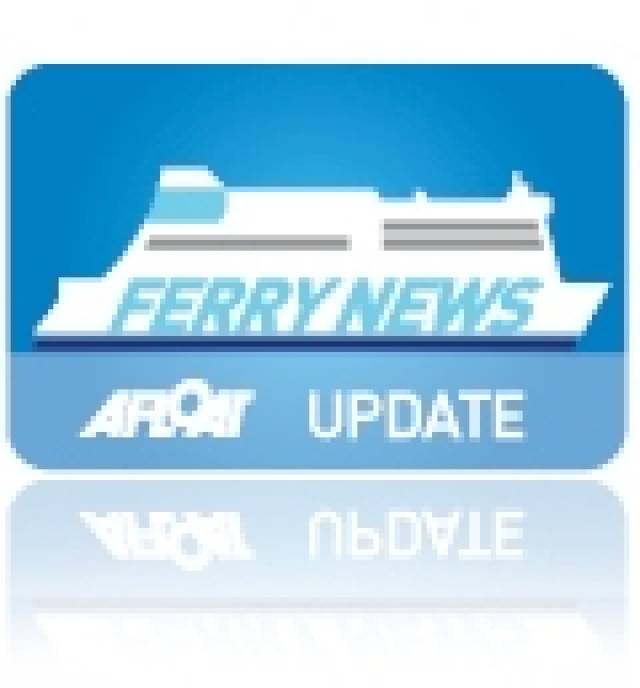#CELTIC LINK - The Celtic Horizon, the 27,522 tonnes ro-pax ferry this week celebrates her first year in service on Celtic Link Ferries Rosslare-Cherbourg route, writes Jehan Ashmore.
According to the Celtic Link they have had a 'resoundingly successful inaugural year with the Celtic Horizon'. The Co. Wexford based operator saw double digit-growth in the number of tourist passengers sailing on the 17 hour route.
Celtic Link envisage that this growth will continue in 2013 and as the only year-round operator between Ireland and France. On the freight front, strong performance has been recorded despite the turbulent economic conditions in which the company has claimed to have performed in line with yearly forecasts.
The 1000 passenger capacity ferry, with space for 200 cars and up to 120 freight vehicles, completed her first round trip voyage last October, having been chartered by CLF for a five-year term contract. On board the 186m vessel facilities include 110 cabins, a bar, restaurant, lounges, cinema, shop and wi-fi connectivity.
Celtic Horizon was built in 2006 by Cantiere Navala Visentini, Portoviro, in Italy and she retains her port registry of Bari. As the Cartour Beta, she began her career serving routes between Naples and Sicily for Caronte & Tourist (C&T) until her charter ceased late last summer.
Last September, the vessel was berthed in Palermo, in advance of her four-day delivery voyage to Ireland. The voyage set a course that saw her offshore of the Algerian coast and before leaving the Mediterranean, an en-route call was made to Gibraltar to load bunkers, until she finally reached Rosslare Harbour.
She has more passenger deck space compared to her predecessor, Norman Voyager, which likewise was built of the same overall ro-pax design of the Italian shipbuilder. A notable and novel feature is the escalator which whisks passengers from the vehicle decks to the main passenger deck.
































































